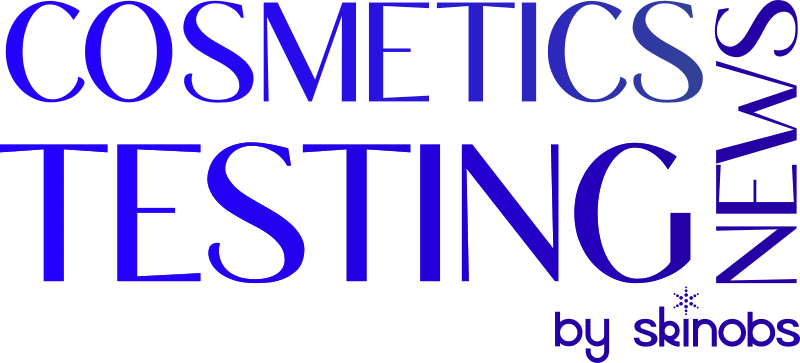In the cosmetic industry, consumer safety is the top priority. Before a product reaches the market, it must undergo toxicological evaluation and a series of safety and efficacy tests. These steps ensure both regulatory compliance and skin health protection.
The Role of Toxicology in Cosmetics
Cosmetic toxicology assesses the potential risks of ingredients and formulations.
Main objectives:
- Define the safe exposure dose for humans.
- Identify risks of irritation, allergy, or sensitization.
- Establish the margin of safety for the final product.
- Support the Product Information File (PIF) required under EU regulations.
Key Steps in Cosmetic Safety Assessment
1. Ingredient Assessment
Each ingredient is analyzed based on:
- Toxicological profile (existing literature and regulatory data).
- Exposure scenario (application site, frequency, duration).
- Target populations (adults, children, sensitive groups).
2. Skin Tolerance Testing
These confirm that the formulation is well tolerated.
- In vitro tests on reconstructed skin models.
- Clinical tolerance studies on volunteers.
3. Efficacy Evaluation
Beyond safety, cosmetics must prove their claimed benefits (hydration, anti-aging, protection). This is achieved through instrumental methods and clinical trials.
4. Overall Risk Assessment
The toxicologist provides a safety conclusion by combining:
- Toxicological data of the ingredients.
- Results from in vitro and clinical testing.
- Realistic exposure scenarios.
👉 This step is mandatory before market authorization in the EU and many other regions.
Regulatory and Ethical Challenges
- Strict regulatory framework: in the EU, no cosmetic product can be marketed without an approved safety assessment.
- Ban on animal testing: alternative in vitro and in silico methods are now standard.
- Consumer expectations: safety, transparency, and compliance are key to building trust.
| Step | Main Objective | Methods Used | Expected Outcome |
|---|---|---|---|
| 1. Ingredient Assessment | Identify toxicological risks of raw materials | Literature review, regulatory data, exposure assessment | Toxicological profile and margin of safety per ingredient |
| 2. Skin Tolerance Testing | Confirm the formulation does not cause irritation or allergy | In vitro testing, clinical tolerance studies | Validation of safety and skin compatibility |
| 3. Efficacy Evaluation | Demonstrate that the product delivers on its claims (hydration, anti-aging, protection) | Instrumental testing, clinical trials, consumer studies | Scientific evidence supporting marketing claims |
| 4. Overall Risk Assessment | Finalize the product’s safety conclusion before market launch | Review by a qualified toxicologist | Final safety report and regulatory compliance |
Conclusion
Toxicology and cosmetic testing form the backbone of product safety. By combining scientific expertise, alternative testing methods, and regulatory compliance, brands can ensure their products are both safe and effective.
Want to learn more about cosmetic toxicology and product safety evaluation?
➡️ Visit Skinobs for expert news, resources, and insights.





